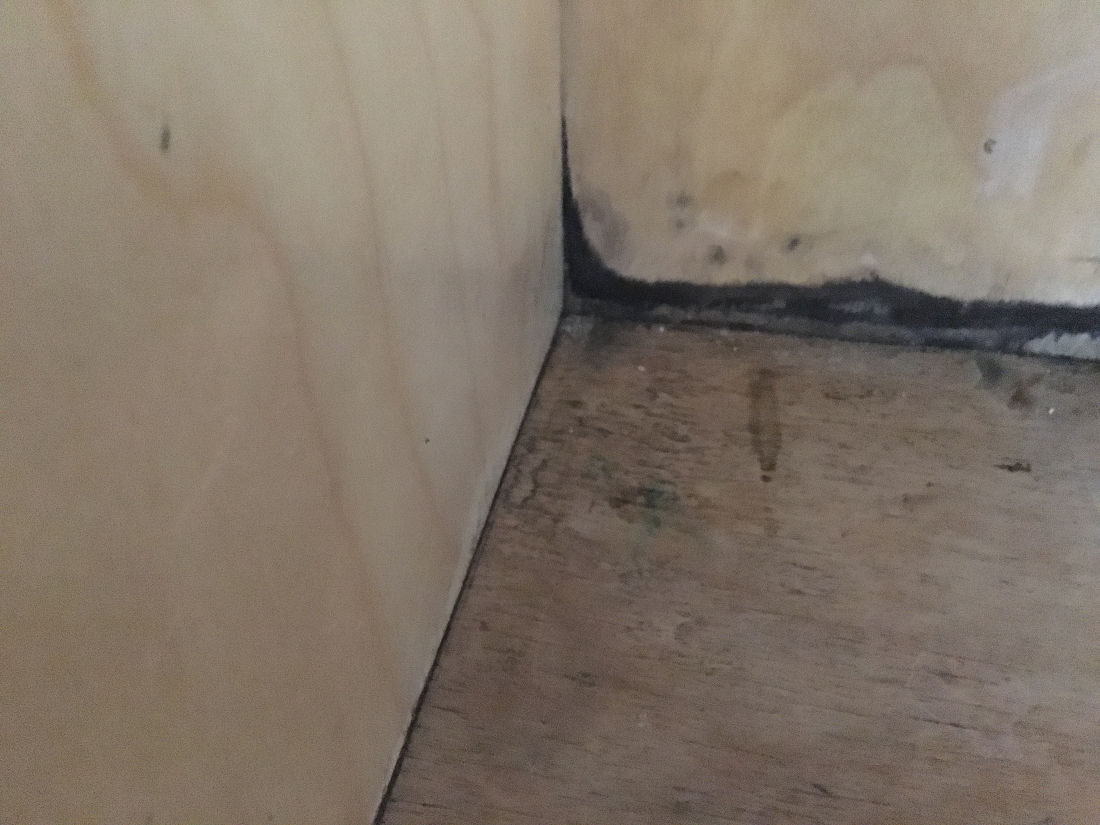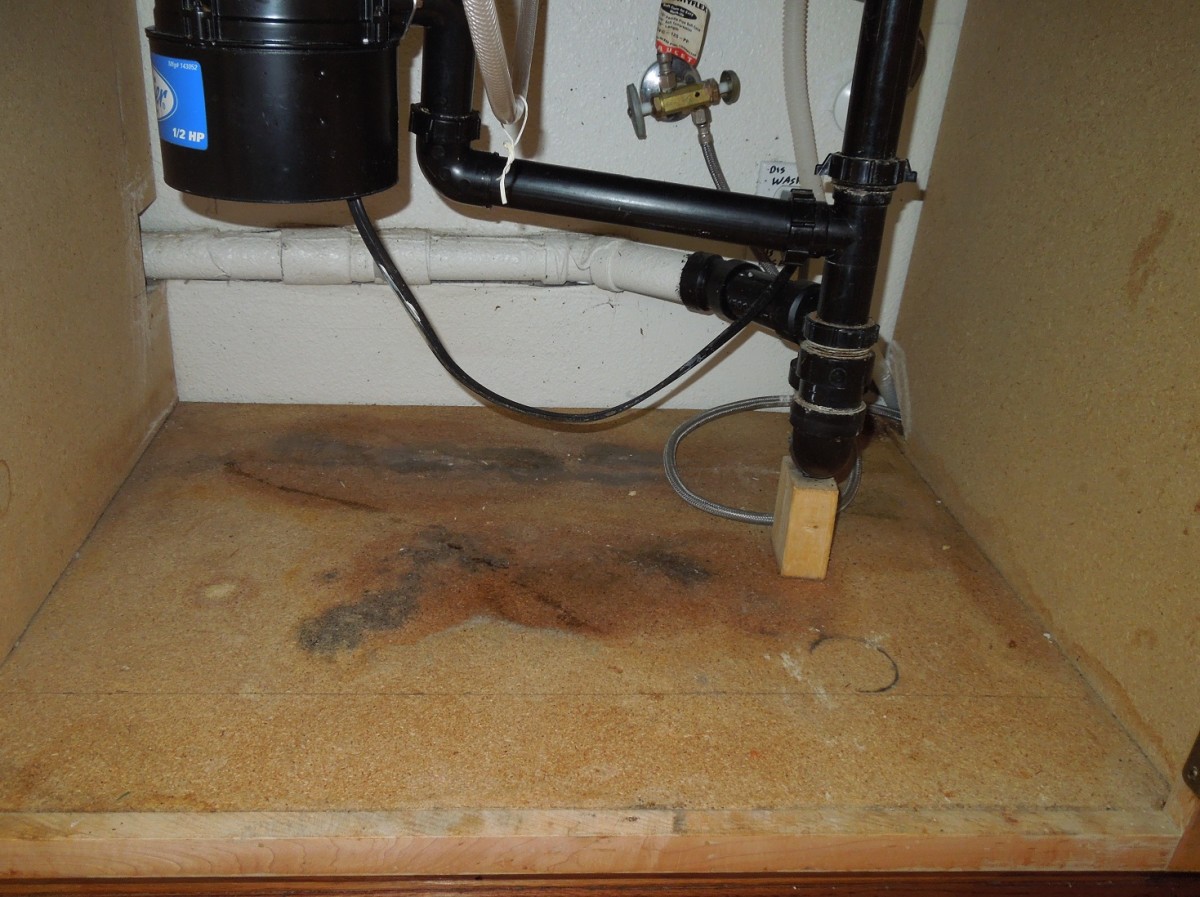Water damage under the kitchen sink is a common issue that can occur for a variety of reasons, ranging from plumbing leaks to condensation buildup. When left untreated, water damage can lead to structural issues, mold growth, and other serious problems. It’s important to address water damage under the kitchen sink promptly to prevent further damage and ensure the health and safety of your home.
One of the most common causes of water damage under the kitchen sink is a leaky pipe or fitting. Over time, pipes and fittings can deteriorate or develop cracks, causing water to leak out and damage the surrounding area. Additionally, loose connections or improper installation can also contribute to leaks under the sink. It’s important to regularly inspect the plumbing under the sink for signs of leaks, such as water stains, mold growth, or musty odors, and address any issues promptly to prevent further damage.
Another potential cause of water damage under the kitchen sink is condensation buildup. In humid environments or during temperature fluctuations, condensation can form on the pipes and fittings under the sink, leading to moisture buildup and potential water damage. To prevent condensation buildup, consider insulating the pipes and fittings under the sink and using a dehumidifier in the kitchen to control humidity levels.

In addition to plumbing leaks and condensation buildup, water damage under the kitchen sink can also be caused by spills and leaks from cleaning supplies or household chemicals stored under the sink. It’s important to store these items in sealed containers or bins to prevent leaks and spills from causing damage to the surrounding area. Additionally, check for leaks or spills regularly and clean up any moisture immediately to prevent water damage.
When addressing water damage under the kitchen sink, it’s important to first identify the source of the water damage and address any underlying issues, such as plumbing leaks or condensation buildup. Once the source of the water damage has been addressed, you can begin the process of repairing and restoring the damaged area. Depending on the extent of the damage, this may involve replacing damaged materials such as wood or drywall, repairing or replacing plumbing fixtures, and treating mold or mildew growth.

Common mistakes to avoid when dealing with water damage under the kitchen sink include:
- Ignoring signs of water damage, such as water stains, mold growth, or musty odors, and failing to address the underlying issue promptly.
- Attempting to repair plumbing leaks or other issues without the necessary knowledge or experience, can lead to further damage or exacerbate the problem.
- Neglecting to properly insulate pipes and fittings under the sink to prevent condensation buildup, which can lead to moisture damage and mold growth.
- Storing cleaning supplies or household chemicals under the sink without proper containment, can lead to leaks and spills that cause water damage.
- Failing to properly clean and dry the area after addressing water damage, can lead to mold growth and further issues down the line.
![]()
How can I prevent water damage under the kitchen sink?
To prevent water damage under the kitchen sink, regularly inspect the plumbing for leaks, insulate pipes and fittings to prevent condensation buildup, store cleaning supplies in sealed containers, and clean up spills and leaks promptly.
What should I do if I discover water damage under my kitchen sink?
If you discover water damage under your kitchen sink, first identify and address the source of the water damage, such as a plumbing leak or condensation buildup. Then, repair and restore the damaged area as needed to prevent further damage.
Is water damage under the kitchen sink covered by homeowners insurance?
In many cases, water damage under the kitchen sink may be covered by homeowners insurance, depending on the cause of the damage and the terms of your policy. It’s important to review your policy and contact your insurance provider to determine coverage.
How can I repair water damage under the kitchen sink?
The repair process for water damage under the kitchen sink will depend on the extent of the damage and the underlying cause. This may involve replacing damaged materials, repairing or replacing plumbing fixtures, treating mold or mildew growth, and restoring the area to its original condition.
Can I prevent mold growth after water damage under the kitchen sink?
To prevent mold growth after water damage under the kitchen sink, thoroughly clean and dry the affected area, repair any leaks or moisture issues, and use mold-resistant materials when repairing or replacing damaged materials. Additionally, consider using a dehumidifier in the kitchen to control humidity levels and prevent mold growth.

How to Replace Rotted Wood Under a Kitchen Sink Dengarden

Water Damage to Cabinet Floor Under the Sink : HomeImprovement

Water Damage Under Sink

How to upgrade and repair wood under sink areas for durability and water resistance

Water Damage Under Sink

Sink mat TESCOMA CLEAN KIT 32×28 cm – YouTube

Garbage Disposal Leaking From Bottom: Here’s How To Repair- PPH

Drymate Premium Under The Sink Mat, Taupe Diamond Squares – RPM Drymate – Surface Protection

Related Posts: